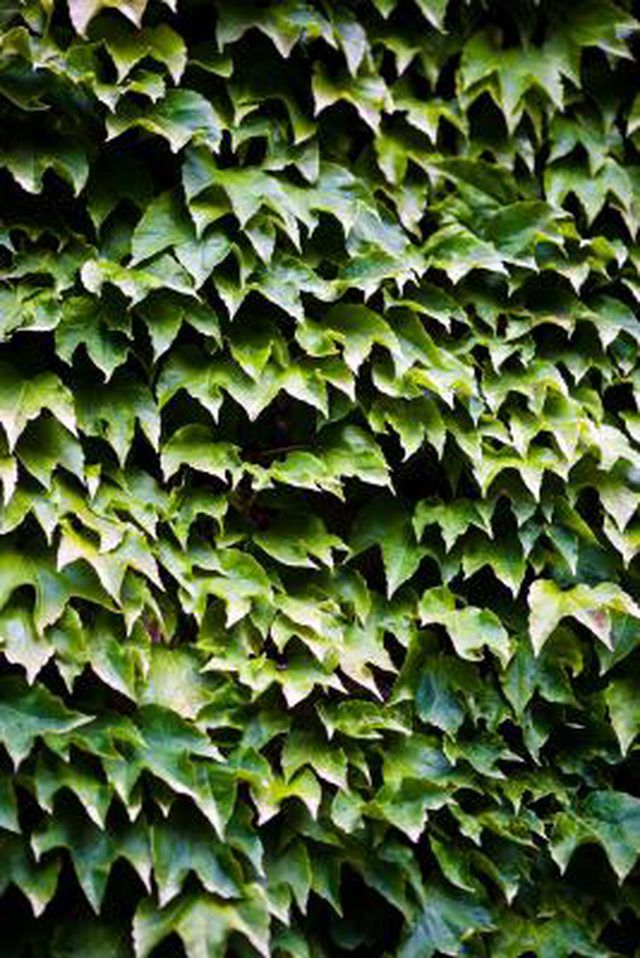Bulbs
Flower Basics
Flower Beds & Specialty Gardens
Flower Garden
Garden Furniture
Garden Gnomes
Garden Seeds
Garden Sheds
Garden Statues
Garden Tools & Supplies
Gardening Basics
Green & Organic
Groundcovers & Vines
Growing Annuals
Growing Basil
Growing Beans
Growing Berries
Growing Blueberries
Growing Cactus
Growing Corn
Growing Cotton
Growing Edibles
Growing Flowers
Growing Garlic
Growing Grapes
Growing Grass
Growing Herbs
Growing Jasmine
Growing Mint
Growing Mushrooms
Orchids
Growing Peanuts
Growing Perennials
Growing Plants
Growing Rosemary
Growing Roses
Growing Strawberries
Growing Sunflowers
Growing Thyme
Growing Tomatoes
Growing Tulips
Growing Vegetables
Herb Basics
Herb Garden
Indoor Growing
Landscaping Basics
Landscaping Patios
Landscaping Plants
Landscaping Shrubs
Landscaping Trees
Landscaping Walks & Pathways
Lawn Basics
Lawn Maintenance
Lawn Mowers
Lawn Ornaments
Lawn Planting
Lawn Tools
Outdoor Growing
Overall Landscape Planning
Pests, Weeds & Problems
Plant Basics
Rock Garden
Rose Garden
Shrubs
Soil
Specialty Gardens
Trees
Vegetable Garden
Yard Maintenance
Climbing Plant Identification
Climbing Plant Identification. There are hundreds of species of climbing plants around the world, with representatives in many unrelated families. These organisms use structures such as trees and rocks to support their twining growth.

There are hundreds of species of climbing plants around the world, with representatives in many unrelated families. These organisms use structures such as trees and rocks to support their twining growth.
Leaf Shape
Locating the leaves of a climbing plant can be a great first step to identification. Various kinds of wild grapes, common climbing plants of eastern North America, have either triangular leaves or deeply lobed palmate ones, for example.
Climbing Apparatus
Pay attention to how a particular climbing plant grows. Some, like the aforementioned wild grapes, use tendrils to pull themselves up other plants. Others employ adventitious roots to ascend tree trunks, while a number of species have hooks or spines along their stems.
Size
Certain kinds of climbing bamboo native to Australia may span more than 100 feet in length. It can be difficult to fully ascertain the dimensions of a climbing plant, as they may be confusingly entwined or connected by inconspicuous runners.
Range
Many parts of the globe support climbing plants, though they are especially diverse and prominent in tropical forests. Many climbing species are invasive, found well out their native range. English ivy, for example, is native to Eurasia but widely feral in North America.